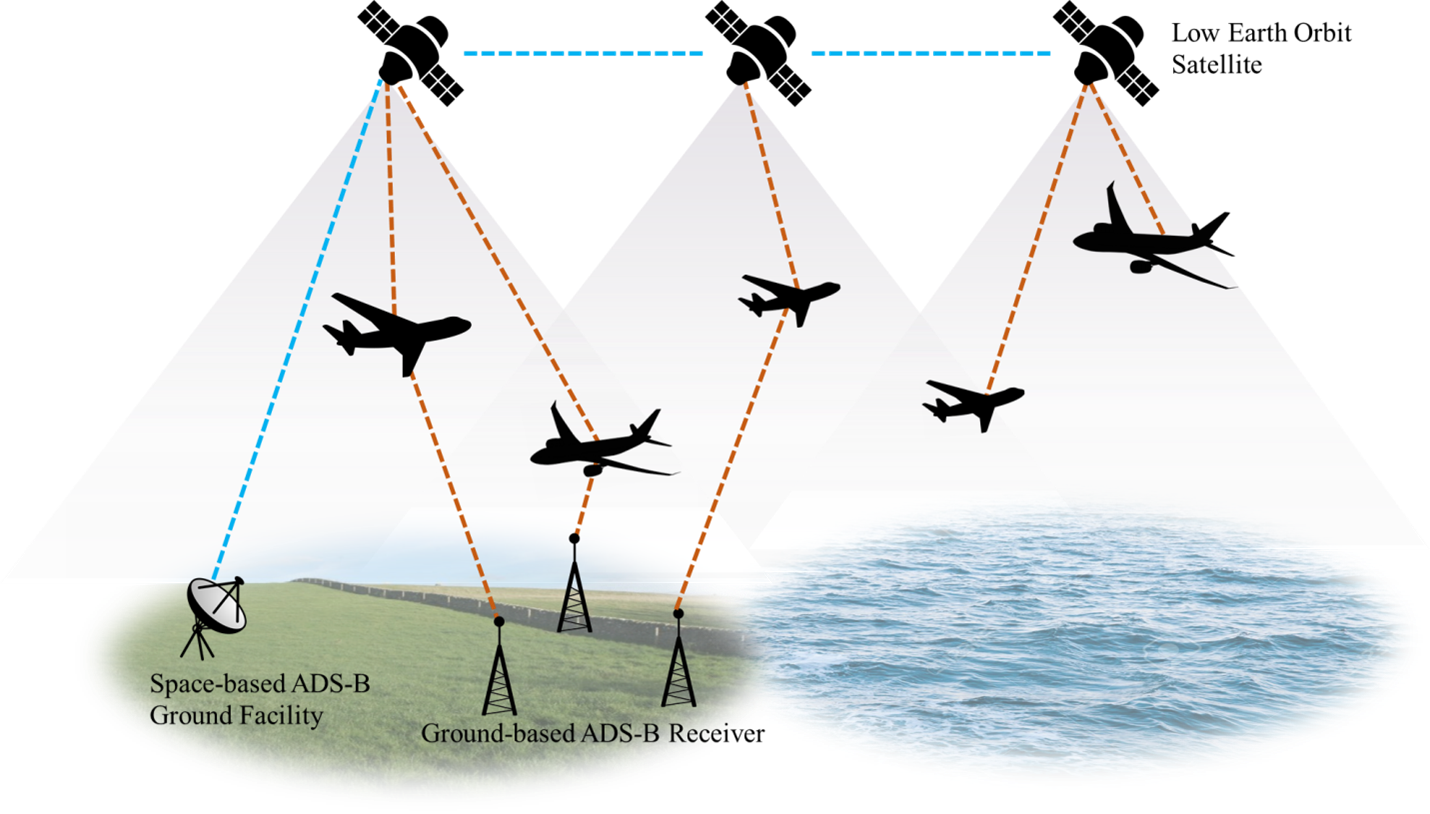Satellite-based Communications, Navigation and Surveillance/Air Traffic Management (CNS/ATM) System
Aviation System Block Upgrades (ASBU)
In accordance with the ICAO’s ASBU framework and in consideration of the priorities stipulated in the Seamless ATM Plan for the Asia Pacific (APAC) region, the CAD continued to collaborate with stakeholders in the aviation industry to develop strategies for phased implementation of ASBU modules in Hong Kong through the ASBU Planning and Implementation Committee (ASBU PIC), as well as review the latest implementation status and steer relevant planning and implementation in Hong Kong. The CAD organised ASBU PIC meeting with active participation from stakeholders including the Airport Authority Hong Kong (AAHK), Hong Kong Observatory, International Air Transport Association, airlines, etc.
Satellite-based CNS/ATM Systems
To comply with the ICAO Global Air Navigation Plan, the CAD has formulated an implementation plan and progressively put various satellite-based CNS/ATM systems and services in place. The Pre-departure Clearance Two-way Datalink Service, Electronic Flight Strip System and Arrival Manager System have been working at a satisfactory level for some years and have integrated with the ATMS, bringing operational benefits to aviation stakeholders. The latest development of the other systems is highlighted below:
- Space-based Automatic Dependent Surveillance-Broadcast (ADS-B)
Space-based ADS-B provides air traffic surveillance via receivers hosted on low earth orbit satellite constellation to receive aircraft-transmitted ADS-B surveillance data and relayed such data using space-to-ground network to dedicated ground facility.
Traditional ground-based ADS-B coverage is limited by terrain blockage of signal, range of signal reception and availability of infrastructure for setting up the ground stations. Space-based ADS-B overcomes the limitation of ground-based setup. It enables global air surveillance coverage and removes blind spots such as the substantial oceanic and polar regions, which are beyond the coverage of conventional civil aviation surveillance systems. The use of Space-based ADS-B can not only strengthen the reliability and availability of surveillance coverage within Hong Kong FIR but also provide stable and continuous long-range air traffic surveillance coverage for the implementation of air traffic flow management among aviation stakeholders.

- GBAS
The GBAS can augment the precision of aircraft approach and landing operations using the Global Navigation Satellite System. The GBAS trial conducted by the CAD at HKIA was successfully completed in early December 2018. The trial proved the feasibility of applying GBAS in support of precision approach procedures at HKIA. The CAD also participated in relevant ICAO workshops and conducted fact-finding visits to airports in the Mainland and Japan with GBAS installation to facilitate the planning and implementation of forthcoming GBAS deployment at HKIA.
System Wide Information Management (SWIM)
SWIM is an integral part of ICAO's Global Air Navigation Plan (GANP) and covers a number of the ASBU modules derived from GANP. SWIM aims to promote the exchange of aviation information (flight, meteorological and aeronautical) on a common platform and standards among aviation stakeholders.
Participation in SWIM Operational Trial on ATFM
The CAD always supports ICAO in the promotion and implementation of SWIM in APAC region. To showcase the benefits of SWIM, the CAD along with other pioneering ANSPs, continued the preparation of the SWIM-based ATFM operational trial to perform the ATFM operation through real-time exchange of SWIM information.
Promoting Regional Sharing of Aeronautical Surveillance Data through SWIM
The CAD has taken a leading role to steer cooperation with pioneering ANSPs and industry partners in the region to promote the sharing of aeronautical surveillance data under the SWIM environment with a view to join hands in enhancing ATC safety and operation efficiency. CAD has led a dedicated study group under the ICAO APAC on a feasibility study, proof-of-concept and trials on sharing aeronautical surveillance data through SWIM, which can serve as a reference model for future implementation.

